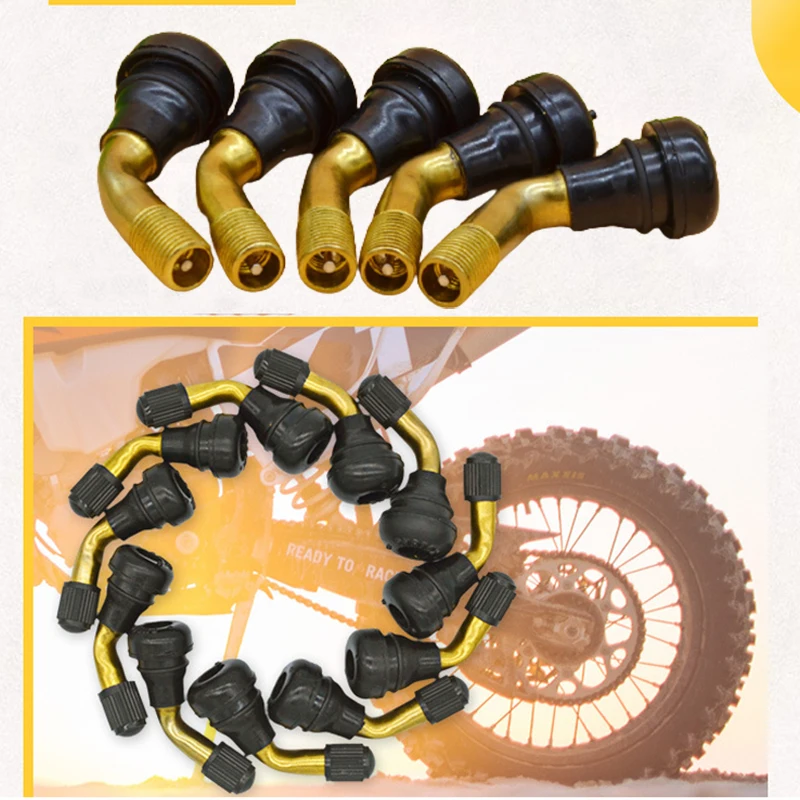“A tire only loses air if it’s punctured.” This is a common misconception that we have all had or heard and yet the reality is quite different. Indeed, a tire can lose air even without a puncture, as for example in the case of a crack in the valve that is used to inflate your tires. A punctured valve is difficult to detect, and not taking care of it in time can have real consequences for your tire, but also (and above all!) for your safety. Blackcircles Canada, your online tire specialist, offers below a complete guide to the causes and consequences of a punctured valve, and how to repair a leaking valve stem.
A valve is a pin located on the outside of the tire, through which the tire can be inflated/deflated. It has a mechanism consisting of a spring-mounted valve that closes tightly with the air pressure inside the tire.
Over time, the stem valve may become brittle and cracked, which may increase the risk of air leaking through it.
When the stem valve leaks, the affected tire is no longer able to retain air. Depending on the extent of the damage, the air will leak out slowly or more quickly. In both cases, the valve must be replaced.
If the air leakage is slow, you will be subject to the problems encountered by drivers driving with underinflated tires. Internal damage that can shorten the service life of the tire by up to a quarter, increased fuel consumption due to higher rolling resistance: the tire will damage faster, and your energy-efficiency will be significantly lower. The tire will also have poorer traction and the stability of your car will be reduced when cornering, not to mention the more pronounced deformation of the tire that increases its internal temperature, which can cause it to burst. Finally, an under-inflated tire increases the risk of hydroplaning. Tire pressure is thus very important!
 Here’s how to do it!Step 1: Make sure it’s your valve stem that’s leaking.
Here’s how to do it!Step 1: Make sure it’s your valve stem that’s leaking.First of all, make sure it is the tire valve stem that is leaking. To do so, there’s a very simple trick! Apply a mixture of water and dishwashing soap to the valve with the cap removed. If bubbles start to appear, your valve is leaking. If this is not the case, and there is a definite air leak, it will be located elsewhere on the tire.
Step 2: Gather the right tools before you start!Before you begin, make sure you have all the necessary equipment to complete the replacement of the faulty valve stem.
For this, you will need the following:
You are now ready to start the process!
Step 3: Loosen the nuts on the wheel you are going to work on.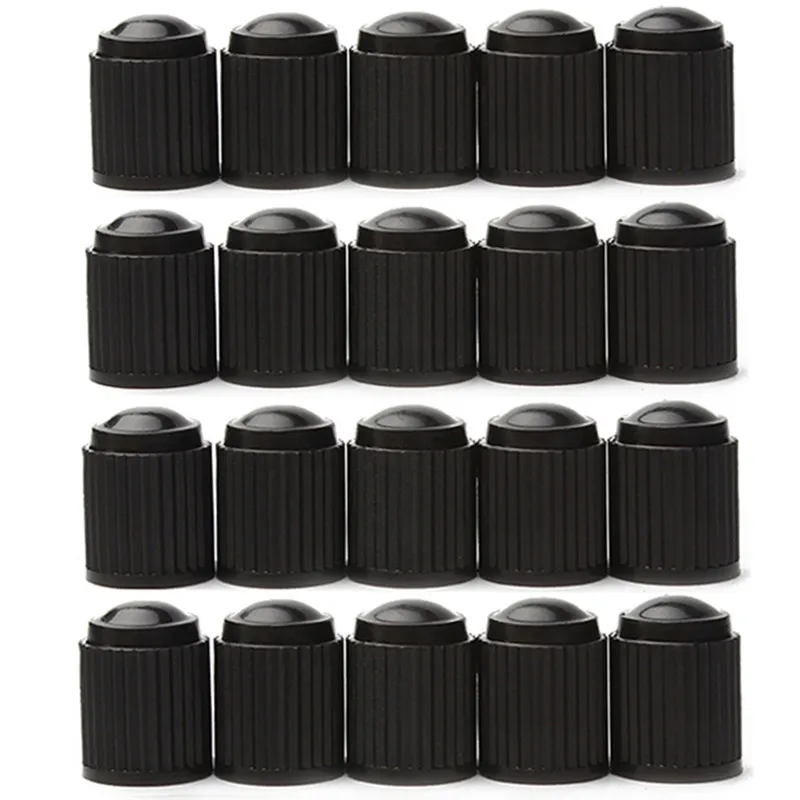
To do so, use the wrench mentioned in the previous step to loosen each of the lug nuts holding your wheel in place. Do this while the car is still on the ground.
However, for certain models of vehicles, it is possible that the wheel nuts have an anti-theft ring. If this is the case, you’ll have to use the appropriate special key to remove the locking nut(s).
Step 4: Raise your vehicle with the jack and then remove the wheel.First and foremost, make sure the handbrake is applied so that your vehicle is completely immobilized. Then, use your jack to lift your car. Be sure to position it on the right part of the chassis so that the car is properly supported. This will prevent any damage to the car and any bodily injury. Once your car is lifted, secure it on jack stands. Unscrew the wheel bolts completely, then remove the wheel. Finally, place the wheel on the ground flat, with the outside of the wheel facing up.
Step 5: Remove the valve stem core with the removal tool and let the tire deflate.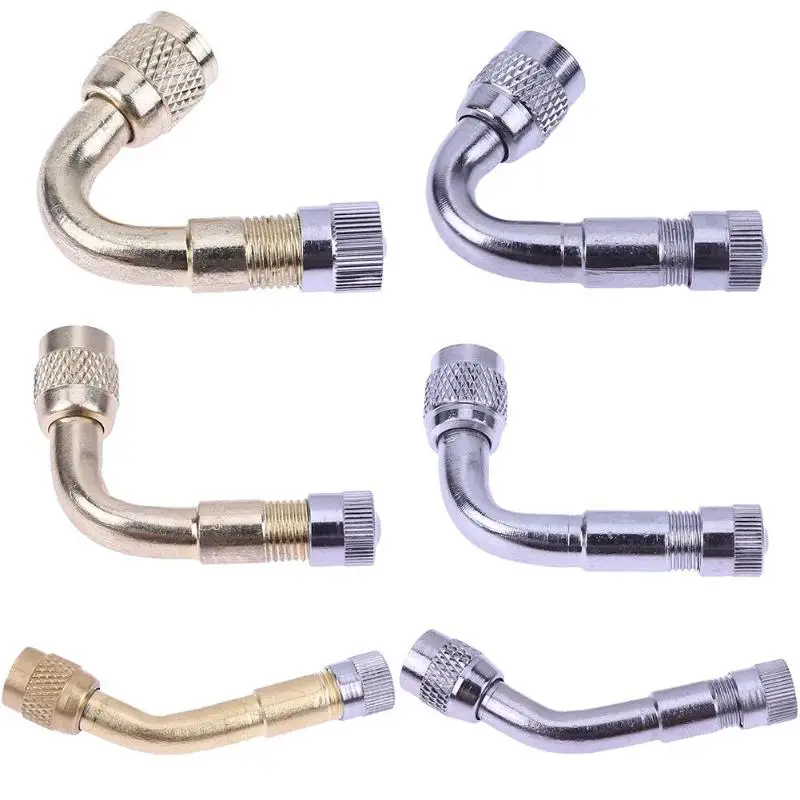
If you have not already done so, remove the valve cap. Then remove the valve stem core using the valve stem removal tool to release the air from the wheel, which should normally deflate completely on its own.
Step 6: Separate the tire’s bead from the wheel.For this step, use the sledgehammer in the following way: hit the tire sidewall with the sledgehammer in the same spot until you hear a crack or popping sound, and see the inside lip of the tire visibly break loose from the rim. This means that the tire has been successfully detached from the lip of the wheel.
Once the tire bead has been broken, continue hitting with the sledgehammer around the tire to detach the sidewall around the entire circumference of the wheel.
Step 7: Remove the tire from the rim.Once the sidewall of the tire is separated from the outer edge of the rim around the entire circumference of the wheel, insert your tire iron between the edge of the rim and the inside lip of the tire, and then pry upward to pull the lip of the tire over the edge of the wheel.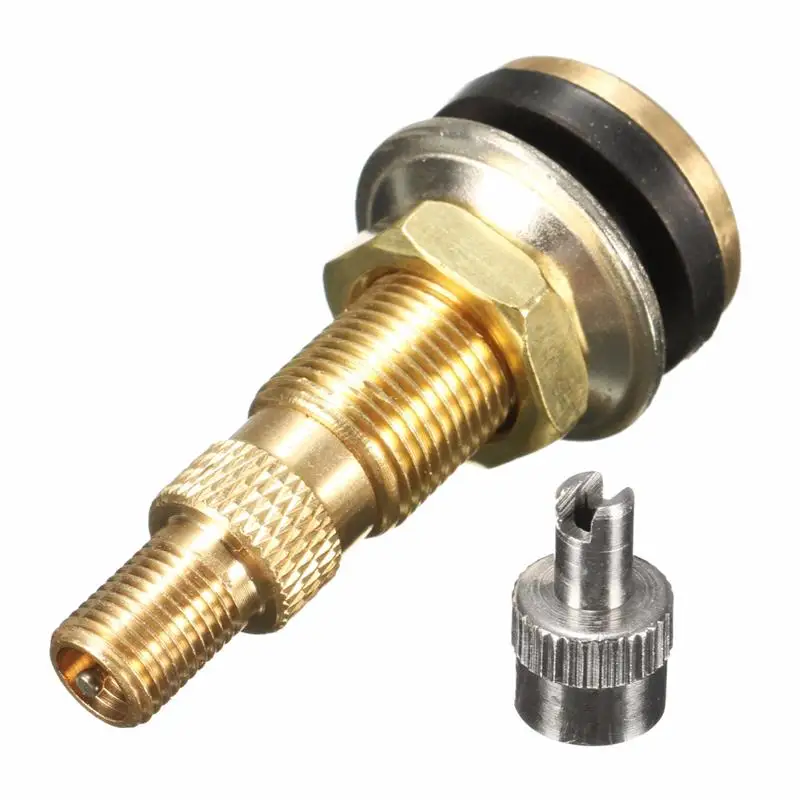 Once you have pulled the lip of the tire over the edge of the wheel, work the tire iron around the rim until the entire lip of the tire is off the rim.
Once you have pulled the lip of the tire over the edge of the wheel, work the tire iron around the rim until the entire lip of the tire is off the rim.
Once the sidewall of the tire is completely above the wheel, grab it by its removed lip and pull it upward so that the opposite lip that was at the bottom of the wheel is now touching the top edge of the rim. Use your tire iron again by inserting it between the tire’s lip and the edge of the wheel and pry upwards to pull the lip over the edge of the rim. As before, work the tire iron around the edge of the wheel until the tire is removed from the wheel.
Step 8: Remove the defective valve stem and replace it with the new one.Once the tire is separated from the rim, it is time to remove the valve stem. To do this, first pull out the valve stem free from the wheel using the needle-nose pliers. Once this has been done, install the replacement valve stem from the inside of the wheel. Once it is in position, use the needle-nose pliers again to pull it through into its right place on the wheel.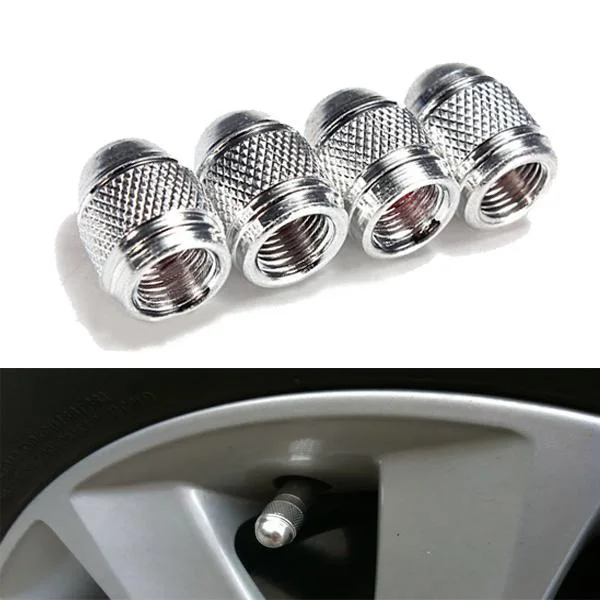
Once the stem is in place, it is time to put the tire back on its rim. To do this, start by pressing the tire down over the rim until the bottom bead clears the edge of the rim. The aim here is to return the lower sidewall of the tire to its original position on the wheel.
Then press the upper sidewall of the tire down underneath the edge of the wheel. Then tuck your tire iron between the tire sidewall and the rim edge and use it to make the opposite movement to the one you used to pull the tire sidewall out of the rim. Once the bead clears the lip of the wheel, use the tire iron to work your way round the entire wheel until the tire is completely installed on the wheel. Then inflate it to the correct pressure using the air compressor.
Step 10: Make sure there are no other leaks, and mount your wheel back on!Once the tire is inflated to the correct pressure, check for other leaks. If all is well, mount the wheel on your vehicle and bring it down by lowering the level of the jack stands until the repaired wheel touches the ground and you can safely remove them.
If all is well, mount the wheel on your vehicle and bring it down by lowering the level of the jack stands until the repaired wheel touches the ground and you can safely remove them.
Ultimately, it is very important to make sure your tires are free of air leaks to maintain proper air pressure at all times. In the case of a slow air leak, the consequences can be dramatic. If the air leak is due to a faulty tire valve, you will definitely need to replace it. You can either follow the above procedure on how to repair a leaking tire valve or take it directly to a specialist. If, on the other hand, you need to change the entire tire, consult our selection of tires adapted for your car directly online on our website!
Tire Installation 101: When and how to change your tires?
Inflatable tire valve stems are one of the characteristics of a wheel that enables you to maintain proper tire inflation by adding or removing air as required.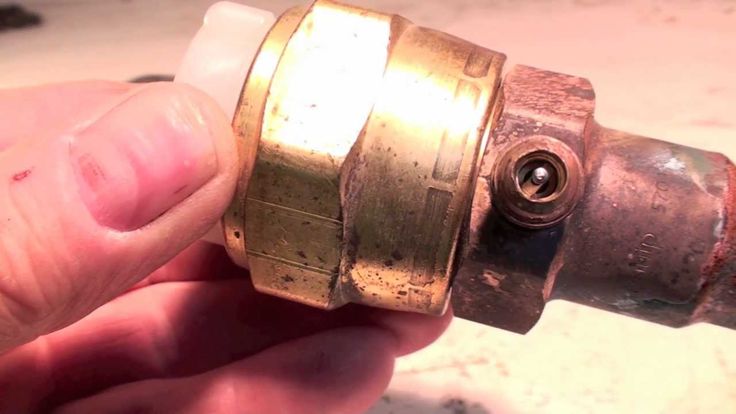 However, different factors will influence the tire valve stem to loosen, or worse, produce a leak. The good news you can tighten a loose tire valve stem with common tools and techniques.
However, different factors will influence the tire valve stem to loosen, or worse, produce a leak. The good news you can tighten a loose tire valve stem with common tools and techniques.
To tighten the tire valve stem, begin with a clockwise rotation of the valve stem to the greatest extent feasible, screw up the valve stem with the valve stem tool to finish the tightening operation. Remember not to overdo it as this might result in damage to the valve.
It is possible for the valve stem to become loose and produce a leak in the tire. Some of the reasons for valves to leak include exposure to chemicals on the road, impact from bumps and potholes, corrosion from moisture, and aging.
When a valve stem is exposed to the sun for an extended period of time, the rubber components of the stem might dry out and fracture, causing the valve to fail. Failure to tighten might have catastrophic repercussions since a valve is crucial to the performance of a tire as well as the safety of the vehicle on the road. It is just as vital as installing and maintaining your vehicle’s equipment to ensure that it is properly tightened.
It is just as vital as installing and maintaining your vehicle’s equipment to ensure that it is properly tightened.
What's In This Guide?
Because of the internal workings of your valve stems, the air is allowed to enter and remain in your tires. To inflate your tires, you just set the air pump on top of the valve stem’s tip and turn the handle. The valve on the inside is opened to allow air to flow in. Then, when you turn off the pump, the valve shuts and remains sealed due to the pressure or a spring that is in place.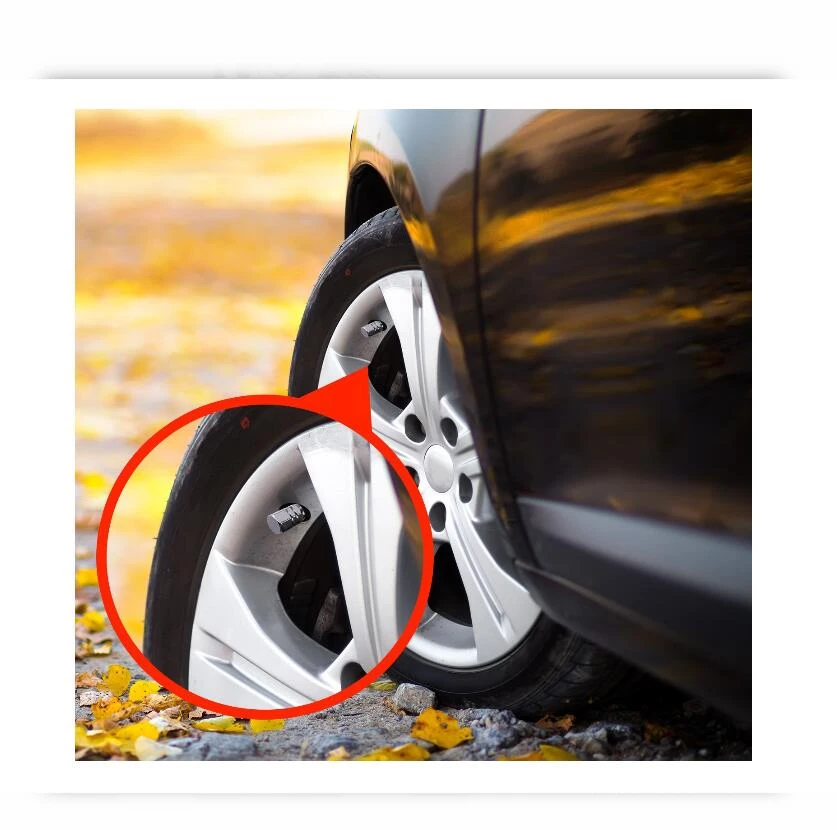
Rubbing a water-dish soap mixture over the uncapped valve stem with your finger is the easiest way to see if it’s leaking. If air is escaping, bubbles will appear, indicating that the valve is leaking. There is no leakage on the tire if no bubbles form.
What Is The Proper Tightness For a Valve Stem?Not only may valve-stem nuts be overtightened, but so can valve cores if the valve is overtightened. A valve core that has been subjected to excessive torque will be damaged, and a leak will result. Valve cores should be tightened to a torque of between 2 and 5 inch-pounds, which is practically hand-tight in nature.
How to Tighten the Stem of a Loose ValveWhen you have the main tool required, which is a tire valve stem tool, tightening your valve stem is a simple procedure. The tightening technique is as follows:
Step 1: RemoveTo get access to the valve stem, you must first remove the plastic valve stem cap from the valve.
To tighten the valve stem, use your fingers to crank it clockwise as far as it will go or until it feels tight.
Step 3: HoldHold the valve stem in place as you turn the valve tool clockwise onto the top of the valve stem; this will assist you in attaching the valve tool to the valve stem more securely and effectively.
Step 4: Continuous TurningUntil the stem is tight, continue turning the valve tool clockwise.
To remove the tool from the stem when you are done, hold the valve stem and turn the valve tool counterclockwise.
Cause of Tire Valve BreakageIn the case that moisture enters the valve stem and freezes, it might result in air loss and/or a flat tire. As the rubber components of the valve stem age and dry out, they may fracture, resulting in air leakage or even complete air loss.
Fixing a Leaking Tire Valve StemAside from a loosened valve stem, air leakage may occur even when the valve stem is well secured, which can be a source of concern.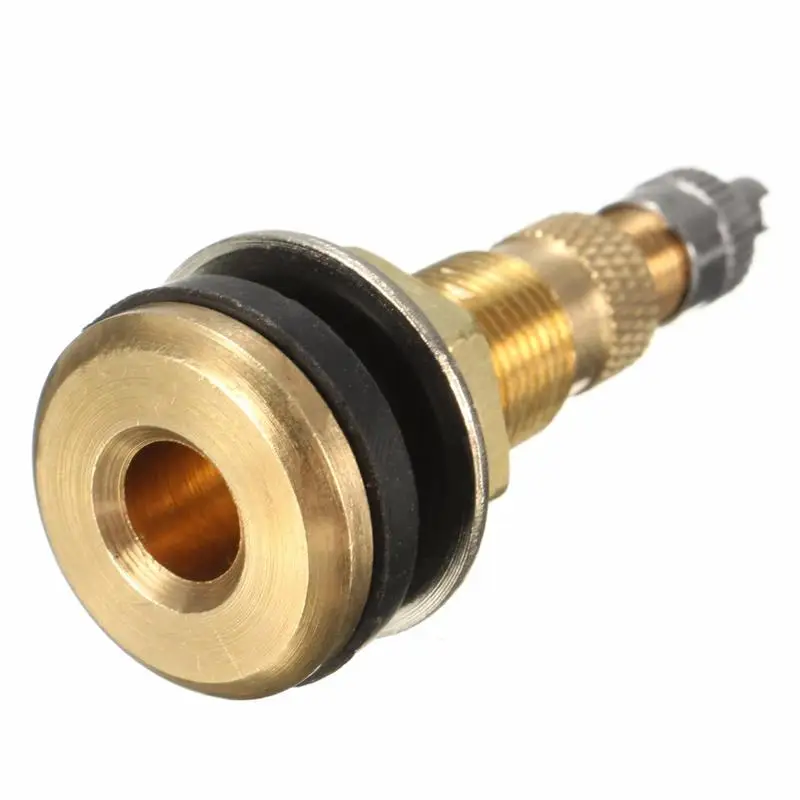 And if this occurs, you will be required to replace the valve in question.
And if this occurs, you will be required to replace the valve in question.
Going to the tire shop for replacement or repair may be more expensive, but doing it yourself with a few simple instruments like a core removal tool and a replacement valve tool core will be more convenient and will save you money in the long run.
The following are the measures to take while changing a valve stem:
Step 1: Perform a DiagnosisFirst and foremost, determine if the leak was caused by a valve issue rather than a separate puncture.
Step 2: Deflate the tireDeflating the tire and removing any leftover air before beginning with the valve repair is critical because the pressure may cause the valve core to eject at a high enough speed to cause injury.
Step 3: Remove the Valve CoreRemove the core from the valve using the valve core tool. There are four separate ends, each of which serves a different function, and a forked end is required for the removal and installation of the valve core.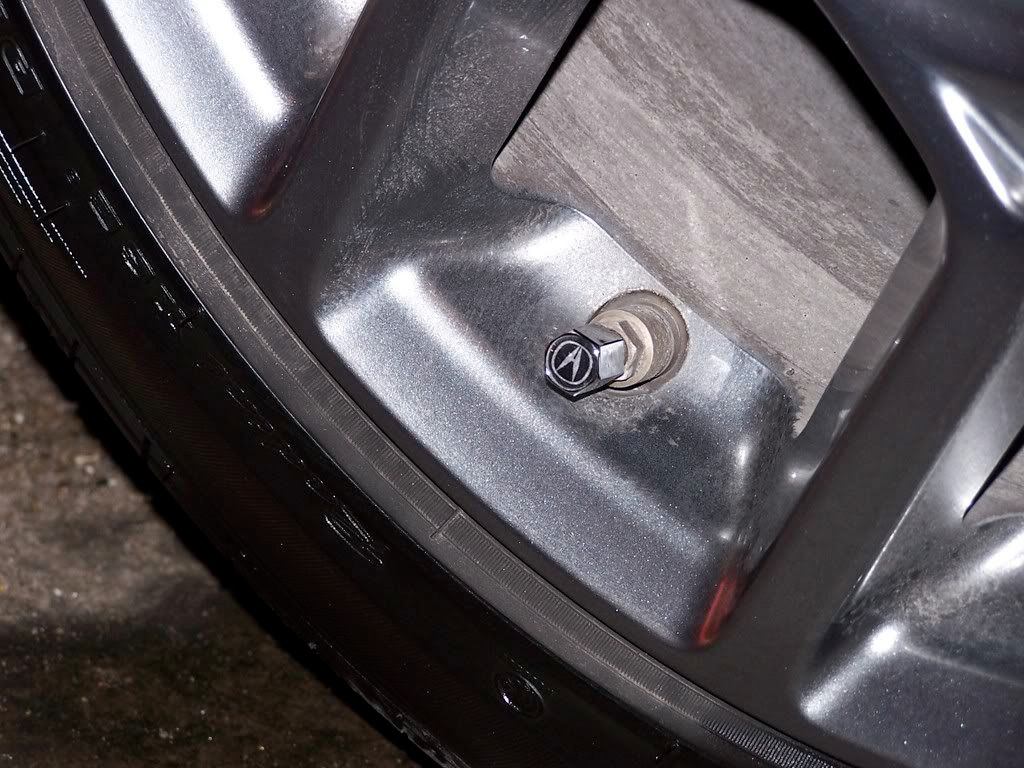 Put pressure on the forked end of the tool to remove the core as you spin the tool counterclockwise. Insert the forked end into the valve. Clean the interior of the valve using the tapered end of the tool that is adjacent to it.
Put pressure on the forked end of the tool to remove the core as you spin the tool counterclockwise. Insert the forked end into the valve. Clean the interior of the valve using the tapered end of the tool that is adjacent to it.
Always remember to clean out the valve of any dirt or debris.
Step 4: Install a New Valve Core and Inflate the TireInsert the new core into the valve, and using the forked end of the valve core tool, screw the core into place, turning it clockwise. Make sure that the core is not excessively tight since this might cause damage to the new valve core.
Step 5: Replace the Stem CapReplace the cap on the tire once it has been inflated and check the pressure. Even though it does not directly contribute to the tire’s ability to retain air, it is critical that you replace the caps once you have inflated the tire.
The valve’s inside is protected by the covers from debris and corrosion caused by moisture and chemicals carried in by the road, which can cause leaks.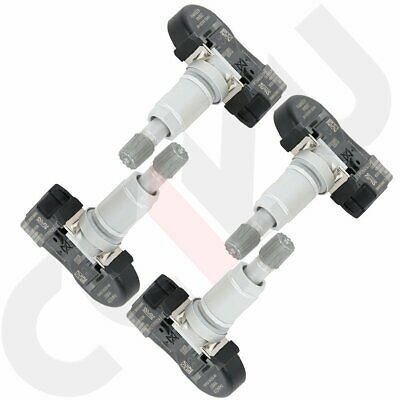
New tires are given with brand new valve stems. As a result of exposure to road chemicals and impact from bumps and potholes, as well as corrosion caused by moisture, valve stems may get damaged over time and with ongoing usage. In addition, prolonged exposure to the sun may cause the rubber components of valve stems to dry out and break, resulting in a leak.
It goes without saying that a broken or worn-out valve stem will not function properly, causing air to slowly but steadily seep out of the valve. Also, leaks may occur anywhere along the valve stem, such as at the place where the valve contacts the tire.
Choosing the Right Valve StemInflation pressures and higher speed limits make a selection of the proper valve stem extremely important. Most of the complaints involve light-duty trucks with TR413 or TR415 series snap-in valve stems. Many of these tires are now categorized as medium or even heavy-duty truck and bus tires.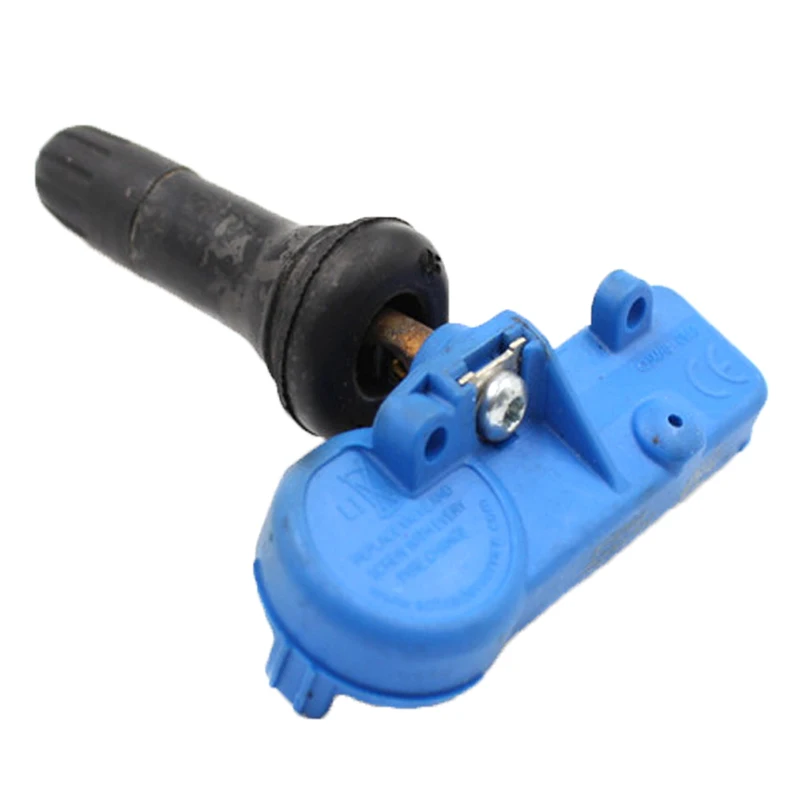 But because of their load-carrying capacity, some tires are still produced in sizes we formerly considered light truck tires.
But because of their load-carrying capacity, some tires are still produced in sizes we formerly considered light truck tires.
The stem hole in these tires’ wheels is sometimes the same size as a passenger vehicle’s valve stem hole. The TR413 and TR415 valve stems were intended to handle up to 60 psi (4.1 bars). They are now rated at 65 psi (4.5 bars). Many outdated catalogs still grade the TR413 and TR415 valve stems at 60 psi maximum. One of the most common issues with the TR413 and TR415 series valve stems is that they run hotter than usual due to hot weather or other comparable conditions. Valves may break, blow out of the rim hole, or get unseated.
Replace it with a TR600HP or TR801HP high-pressure snap-in valve stem. Valve stems rated at 100 psi (6.9 bars). A 200 psi clamp-in metal valve stem is also an option (13.8 bars). The TR600HP and TR602HP valve stems have .453-inch stem holes whereas the TR801HP and TR802HP stems have.625-inch stem holes. TR413 valve stems are for wheels with a maximum stem hole thickness of.156 inches, while the TR600HP high-pressure valve stem series is for wheels with a maximum stem hole thickness of.205 inches.
TR413 valve stems are for wheels with a maximum stem hole thickness of.156 inches, while the TR600HP high-pressure valve stem series is for wheels with a maximum stem hole thickness of.205 inches.
The TR602HP, TR801HP, and TR802HP valve series share this tolerance. A metal clamp-in valve stem must be used when the rim thickness at the stem hole is larger than .205 inches. In this case, the wheel might be thicker if the hole is larger. However, use the specified stem provided for the wheel’s stem hole thickness.
Making Use of ExtensionsWith the TR600HP and TR801HP series snap-in valve stems, metal stem extensions should never be utilized with the valve stems. The additional weight of the extension may cause the stem to shatter or crack, resulting in the stem being dislodged and air being lost. Metal extensions should only be used with metal clamp-in valves, and they should not be any longer than is absolutely required.
Get the Torque RightThe TR416S is one of the most common clamp-in valve stems for wheels with a.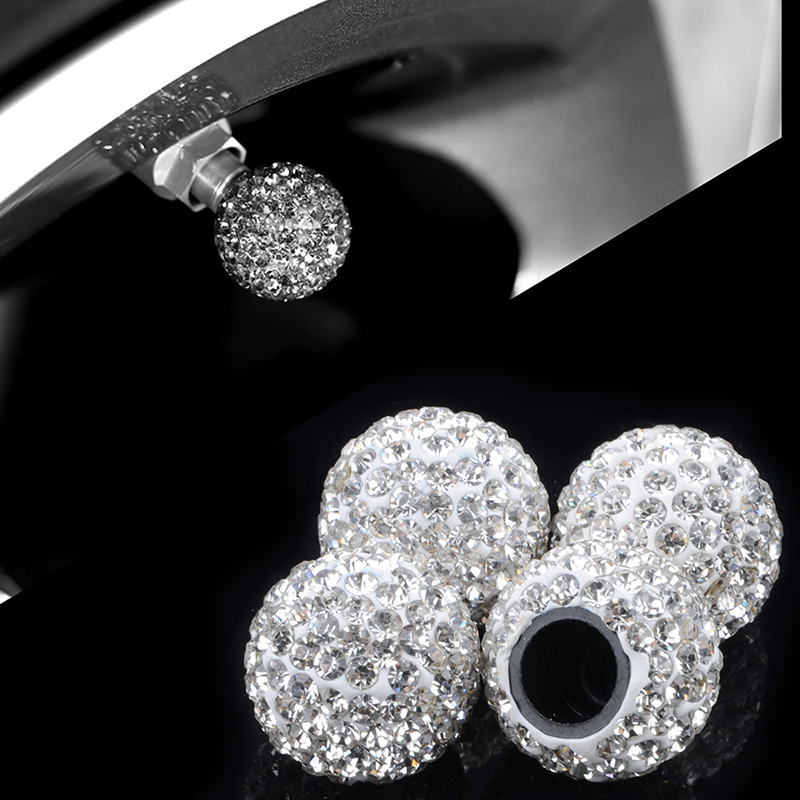 453-inch stem hole, and it is available in a variety of sizes. It is possible that this valve stem will survive a long time since both the sealing grommet and the valve core may be changed if they get damaged or worn out during normal operation. When installing the clamp-in valve, extreme caution should be used since each one has a distinctly required torque for tightening the nut.
453-inch stem hole, and it is available in a variety of sizes. It is possible that this valve stem will survive a long time since both the sealing grommet and the valve core may be changed if they get damaged or worn out during normal operation. When installing the clamp-in valve, extreme caution should be used since each one has a distinctly required torque for tightening the nut.
Never assume the stem on the tire/wheel assembly is the correct stem. There may not be enough coined or machined area around a.453-inch stem hole. The coined area must be at least.125 inches larger than the valve hole.
Watch For ZippersZippers are harmful on all tires, not only on long-haul medium truck tires. A sidewall fracture in a tiny light truck tire can be as hazardous as a bigger truck tire. Underinflated steel cord tires are always prone to zipper failure.
Frequently Asked QuestionsWhen should a Tire Valve Stem be replaced?Despite the fact that a broken valve stem is a minor component of a tire, it may cause significant problems. It’s possible to adjust the tightness and looseness of a tire stem valve, but it’s best to do it on a frequent basis to avoid damaging it. When you remove your tire from your vehicle, you should do it carefully.
It’s possible to adjust the tightness and looseness of a tire stem valve, but it’s best to do it on a frequent basis to avoid damaging it. When you remove your tire from your vehicle, you should do it carefully.
Repairing the valve stem using a valve stem tool and a few other basic tools may be done by the car owner if the valve stem is leaking. In order to get started, all you will need is a valve core tool and a package of replacement valve cores (both inexpensive). Use a valve core tool to carefully remove the old core and screw in the new core (be careful not to strip the threads), then fill the tire with air until it’s fully inflated.
How can you tell if a valve stem is bad?When the tire is completely inflated, drip a combination of dishwashing liquid and water over the valve stem, around its base, as well as around the inner edge of the wheel where the tire and rim meet, to see if you can pinpoint the source of the issue. Any escaping air will cause bubbles to form in the soapy water around the leak’s location.
Any escaping air will cause bubbles to form in the soapy water around the leak’s location.
Valve stem damage – New tires typically come with new valve stems, because the old ones tend to wear out. If you have older valve stems, they may go bad over time, due to use, dislocation, and exposure to chemicals on the road, such as road salt. They may corrode and go bad.
Can a valve stem be replaced on a tire?If possible, take the tire to a tire shop and have them remove the tire and replace the valve stem using a tire machine. This is the quickest method for replacing a valve stem in most circumstances. However, in the event that this is not a possibility, a tire may be removed and the valve stem replaced by hand in certain cases.
How do you change a valve stem on a tire core?Insert a valve stem removal tool or a slotted metal valve cap into the valve stem removal hole and screw counterclockwise until the valve stem removal tool or slotted metal valve cap is removed.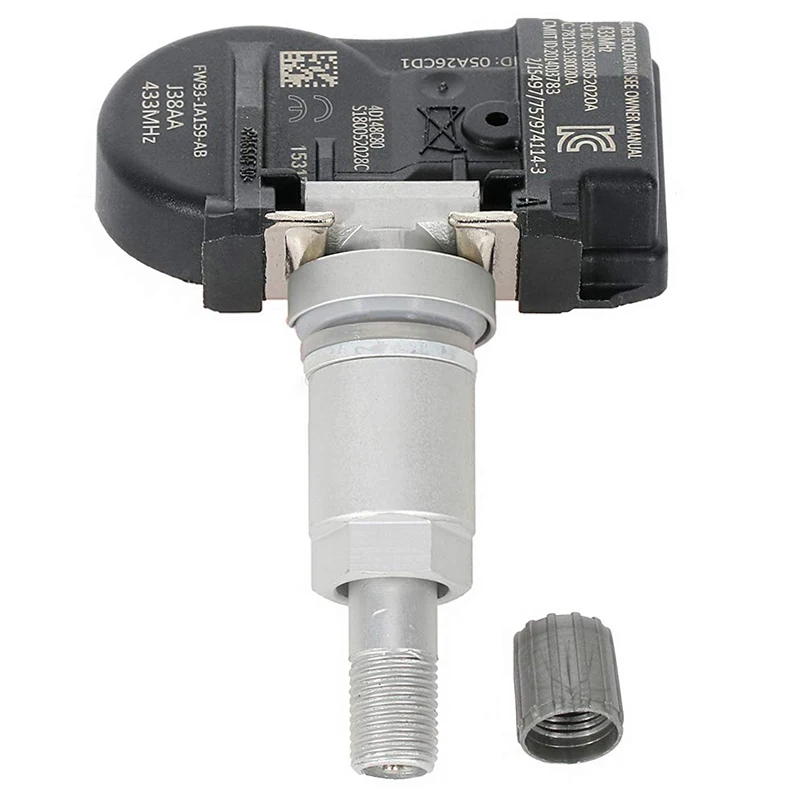 Remove the core of the valve stem and set it aside. Replace the valve stem core with a new one and tighten it clockwise until the valve is fully closed. Then inflate the tires.
Remove the core of the valve stem and set it aside. Replace the valve stem core with a new one and tighten it clockwise until the valve is fully closed. Then inflate the tires.
A ‘no-name’ valve stem may seem to fit and function well today, but how long will it last? Time and temperature influence the material’s lifespan. Reliable valve stem brands have a long service life and can go well with the tires’ life span, lasting up to six, eight, or even ten years.
ConclusionWhen the tire valve stem becomes loose over time, it may result in gradual leaks that are difficult to detect. How to tighten a loose valve is a simple procedure that takes nothing more than a valve stem tool and your fingers to accomplish.
The procedure of tightening a slack valve stem, or replacing a valve core, is affordable, fast, and simple, and it may be completed by the car owner at their convenience and leisure.
How much does a tire valve stem cost? Replacing a valve stem is an easy task, even if you're not a mechanic.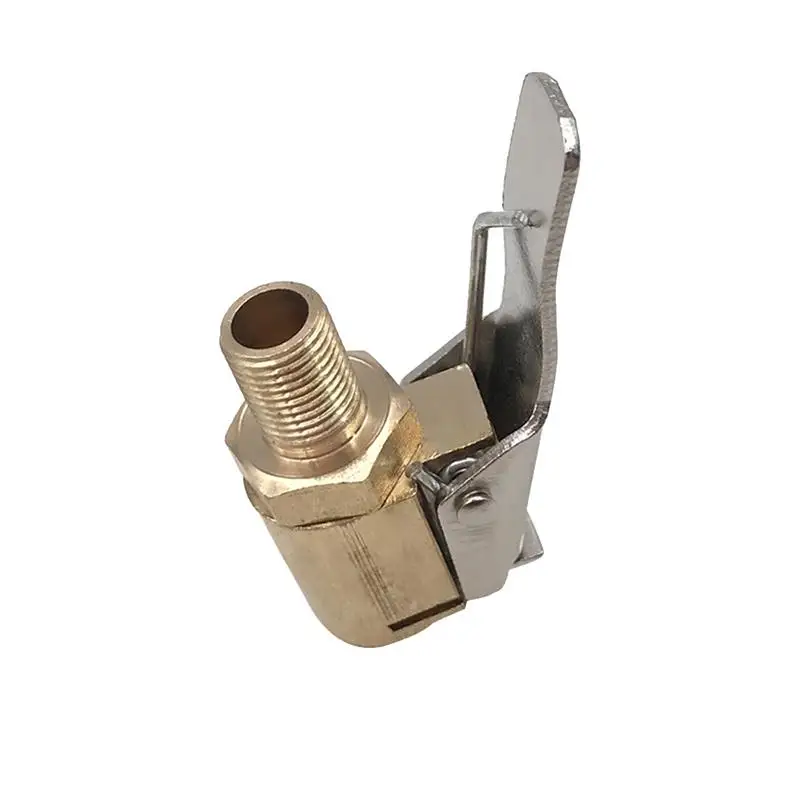 Repairing new valve stems costs about $10 if you do it yourself. If you bring it to the store, it will cost about $30.
Repairing new valve stems costs about $10 if you do it yourself. If you bring it to the store, it will cost about $30.
Can the valve stem on the tire be replaced? In most cases, the quickest way to replace a valve stem is to take it to a tire shop, remove the tire, and replace the valve stem with a tire changer. However, in cases where this is not possible, it is possible to remove the bar and replace the valve stem manually.
Can the valve stem be replaced without removing the bar? Factory Direct
The QVC quick valve change tool allows the user to change the valve stem without removing the tire from the wheel. Save time, money and the headache of replacing valve stems.
Can I drive with a broken valve stem? While you can ride with the air valve cover missing, we recommend replacing it when you can to prevent dust and debris from getting into your tires. The metal caps can corrode and fuse with the stem over time, making it extremely difficult to remove them when you need to refuel your tires.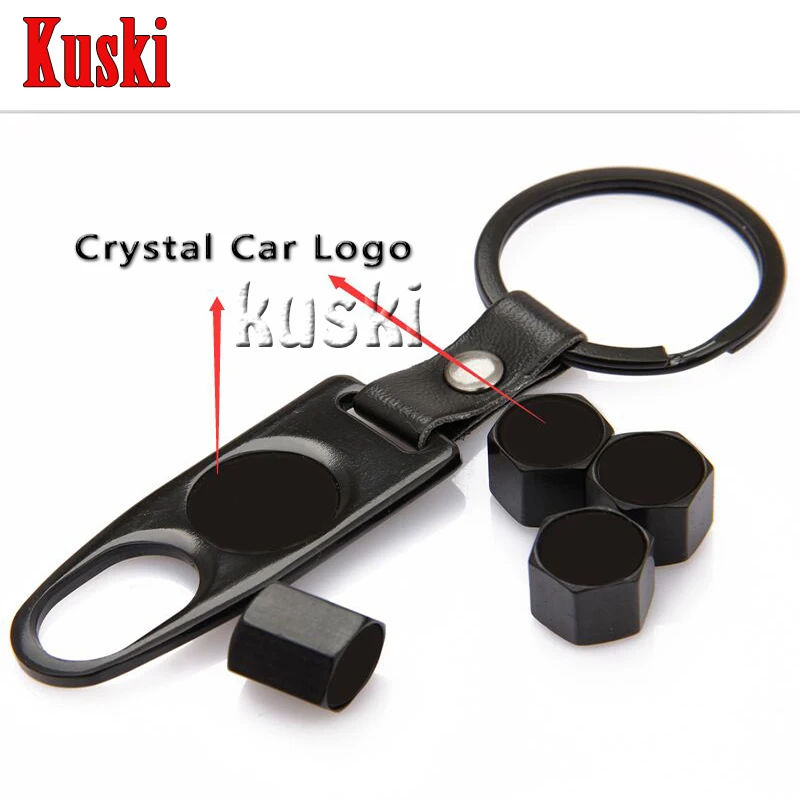
If the valve stem is leaking, you can easily fix it yourself with a valve stem tool. All you need is a valve core tool and a pack of new valve cores (both inexpensive). Then remove the old core with a valve core tool, screw in the new core (just tighten it, it's easy to strip the threads), and then refill the tire.
Wear is the main cause of valve leakage.
Over time, the valve stem can become brittle and crack, which can increase the risk of air leaking through it. Depending on the degree of damage, the air will come out slowly or faster. In both cases, the valve must be replaced.
Are all valve stems the same? No, they don't. A rim with TPMS will have a different stem than a rim without it. TPMS are usually compatible with the system, either in a rubber latch version or an aluminum version.
It is not uncommon for valve stem caps to fall off.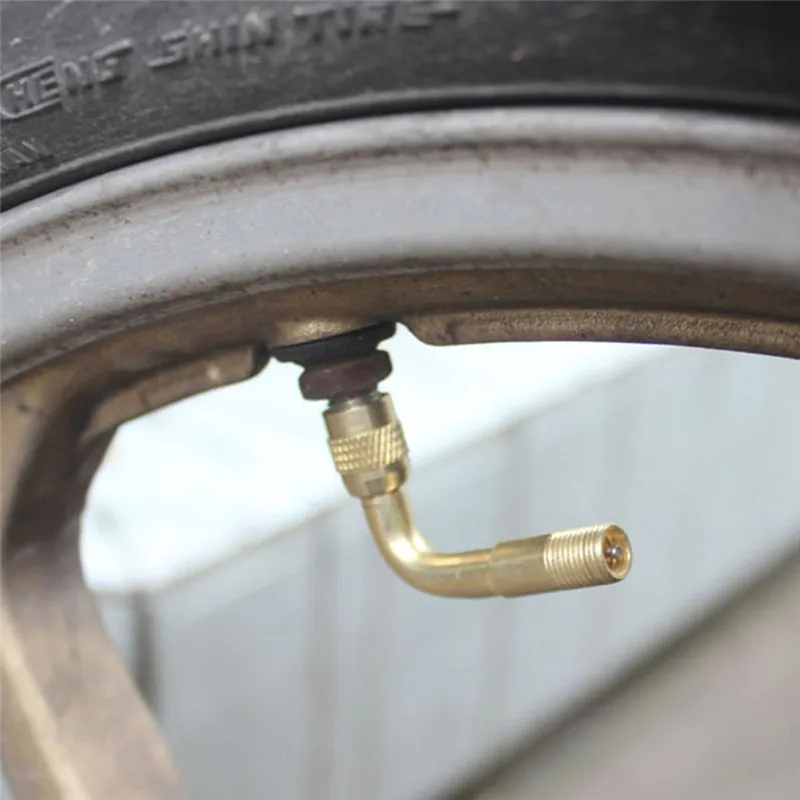 While missing a valve stem cap may seem harmless, it can lead to loss of air pressure. Without a cap, dirt and debris will get on the valve stem where they can pierce the seal. When this happens, air will flow out of the tire through the valve stem.
While missing a valve stem cap may seem harmless, it can lead to loss of air pressure. Without a cap, dirt and debris will get on the valve stem where they can pierce the seal. When this happens, air will flow out of the tire through the valve stem.
First, you need to determine if your valve stem is leaking or not. You can do this by running a mixture of dish soap and water over the open valve stem with your finger. If bubbles begin to form, this means that air is escaping and the valve is leaking.
There are several reasons why your tires are losing air: a hole in the tread, probably from a nail or something sharp on the road. poor sealing where the tire meets the wheel, allowing air to escape. a loose or malfunctioning tire valve.
Replacing the valve stem is a simple task, even if you are not a mechanic. Repairing new valve stems costs about $10 if you do it yourself. If you bring it to the store, it will cost about $30.
Repairing new valve stems costs about $10 if you do it yourself. If you bring it to the store, it will cost about $30.
Driving with a slow leak in a tire is potentially dangerous because it can cause a puncture. Once a tire becomes flat, it can become dangerous. Sometimes you will be able to hear compressed air coming out of a small hole in the tire.
But if they don't leak, you may be dealing with a valve stem leak. A valve stem leak will act in the same way as an orifice, slowly forcing air through the valve base or body. Valve stem leaks can occur for a variety of reasons, but the main cause here is road chemicals and corrosion.
With a leaky valve, sometimes not enough blood is pumped to the rest of the body. A leaking/regurgitation heart valve can make the heart work harder to do its job. The condition can lead to heart failure, sudden cardiac arrest, and death.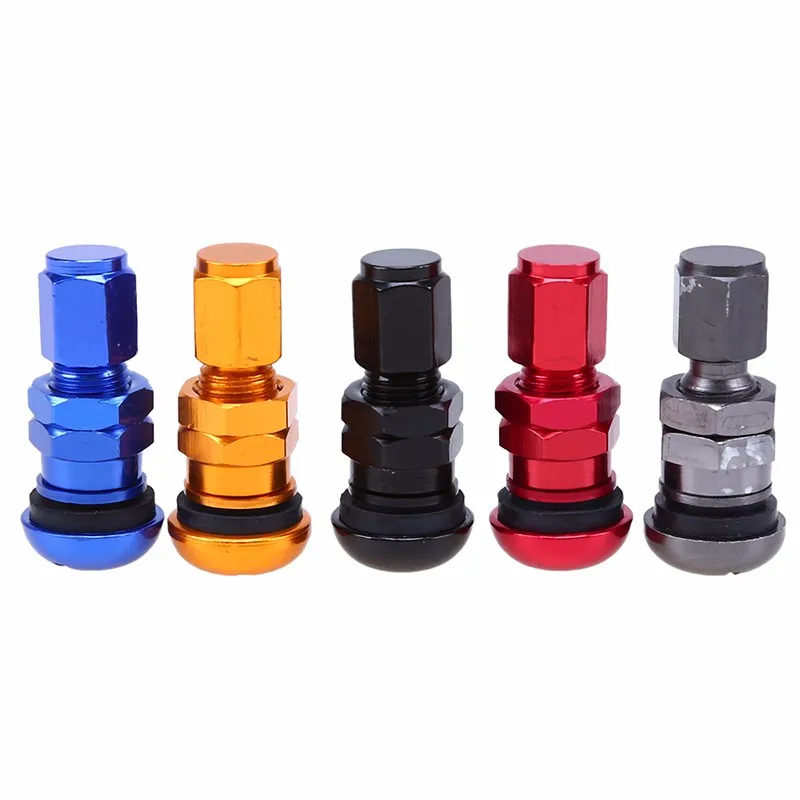
While Walmart unfortunately doesn't change brake pads, they do provide a wide range of automotive services from tire fitting, flat tire repair, tire balancing, car key copying, car stereo installation, coolant flushing and more!
Unfortunately, Walmart does not offer wheel alignment services as of 2021. Instead, shoppers can visit stores such as Mr. Tire, Big O Tires, Goodyear, Tire Discounters, and more to get your wheels adjusted for $50-$100. Walmart also provides many other automotive services, but wheel alignment is not one of them.
Walmart alignment cost is 30 to 95 dollars. This cost depends on the branch you go to and the work you want to do.
Rubber valve stems deteriorate from exposure to heat, UV and ozone. I would give them the same safe life as tires, say 5 or 6 years. I would replace them after that, although they will probably be fine for a lot longer.
I would replace them after that, although they will probably be fine for a lot longer.
Valve stems can easily last 10 years. I had two with pin holes on the side and a few with shredder valves that were rusting and leaking. If you burn tires every two or three years, you may not need to change them every other time. If they lasted 5-6 years, I would change them.
“Metal rods are what you need. They will not dry out over time and are a more durable stem. Rubber rods are recommended to be replaced from time to time.
Of course, tire valve caps can come off for various reasons. Usually they are lost when unscrewing, if they do not fit snugly after tire inflation, sudden movements over road bumps and other obstacles, wear of the valve thread itself, peeling off after long-term operation.
Tire valve caps
No matter what vehicle you drive and what type of valve stem you have on your wheels, it is important to always use valve caps.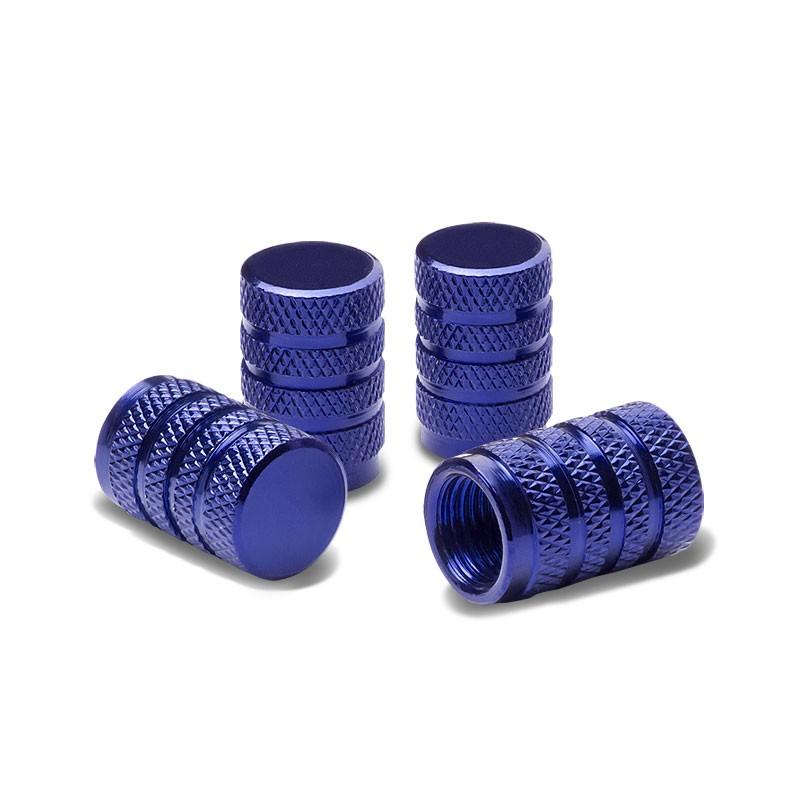 Valve caps prevent air from escaping from the tire - they are the second backup seal to prevent loss of tire pressure.
Valve caps prevent air from escaping from the tire - they are the second backup seal to prevent loss of tire pressure.
If the leak is caused by a damaged valve, a trained tire technician can usually replace the valve at minimal cost. However, in some cases, the tire may need to be replaced. If the leak is caused by a damaged wheel, the tire changer can reinstall and seal the tire with bead sealant.
The cost of repairing a flat tire is not as high as you might fear, but it will take some time of your day. On average, a tire puncture repair will cost you between $10 and $20. The repair will be to patch the tire. Some tire dealers will repair a punctured tire free of charge if you buy a tire from them.
Leaking vacuum should not be driven as this will result in loss of engine power. It may not be safe to drive on the road, especially if the leak increases while driving.
Author: Mikhail Balandin
It is hard to imagine now that power steering was once an attribute of an expensive car or it was installed as an option. Now it is on all cars, and if it is suddenly not there, then its more intelligent older brother, the EUR electric power steering, is on the car. Power steering is a reliable mechanism in principle, but sometimes it still fails. Today we will not deal with why it stops working completely or when you turn the steering wheel it starts to bite. Let's talk about the simplest situation - about howling in GUR. What can howl there, what to do with it and how to avoid this very howl?
What can howl there, what to do with it and how to avoid this very howl?
The pump drive belt usually squeaks or squeals, on which the load increases greatly in this position. If the belt is worn or loose, it will squeal, whistle, squeak, or make other similar and completely obscene sounds. It's easy to make sure it's the belt that's squealing. Firstly, this sound is very specific, and it is difficult to confuse it with the howl of the pump itself, and secondly, you can spray any composition (aerosol conditioner) on the belt that is designed specifically to eliminate such a whistle, or rub the belt with rosin. In general, there is nothing new here: the belt is also the belt in the power steering.
Another thing is a specific hiss that is heard at the moment when the steering wheel is turned all the way. Should he be afraid? Yes and no.
Theoretically, of course, this is an absolutely normal sound. This is how the bypass valve in the pump hisses when it has nowhere else to pump liquid - the wheels are completely turned out.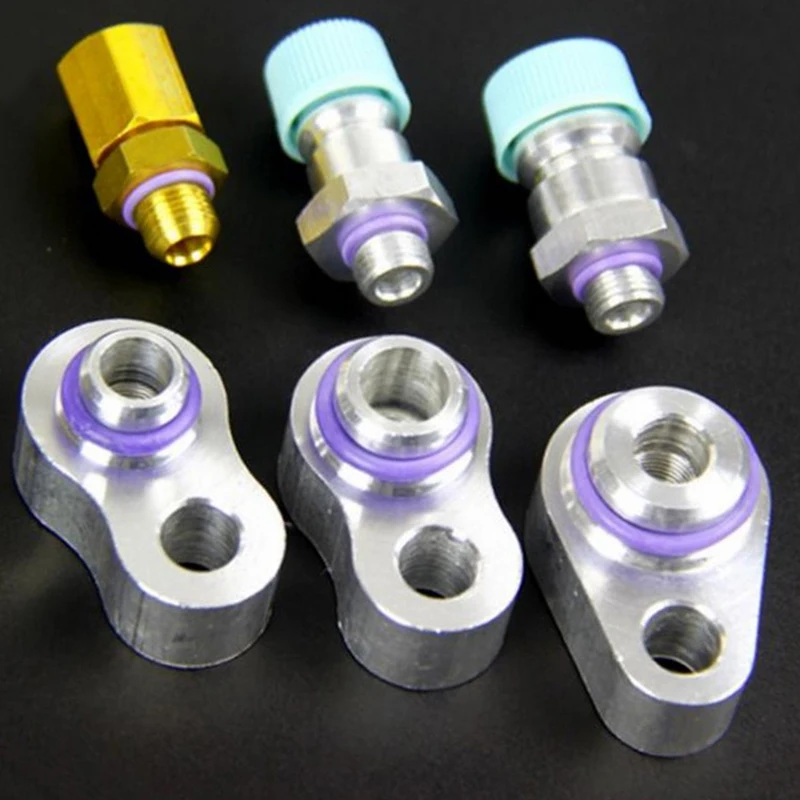 Therefore, this hissing in the extreme position can be considered the norm. But it is better not to do this, because in this mode the pump has a very hard time: the pressure is growing, and he has to work hard. Moreover, only for the sake of the valve working. At this point, the pump itself can decently warm up, and it wears out very quickly. Therefore, the hiss of the valve should be taken as a signal to turn the steering wheel slightly in the opposite direction, at least 10 degrees from the extreme position. This will help save the life of the power steering pump, and sometimes avoid unexpected fluid leaks in the power steering system.
Therefore, this hissing in the extreme position can be considered the norm. But it is better not to do this, because in this mode the pump has a very hard time: the pressure is growing, and he has to work hard. Moreover, only for the sake of the valve working. At this point, the pump itself can decently warm up, and it wears out very quickly. Therefore, the hiss of the valve should be taken as a signal to turn the steering wheel slightly in the opposite direction, at least 10 degrees from the extreme position. This will help save the life of the power steering pump, and sometimes avoid unexpected fluid leaks in the power steering system.
In general, hissing from under the hood in the extreme position of the steering wheel is the only sound of the power steering that should not frighten. All other sounds are already a deviation.
Only the pump can howl loudly in the hydraulic booster, so it is almost always the pump that is to blame for the appearance of this sound. However, it is not always necessary to run for a new pump and sign up for a service to replace it. In some cases, it howls not because it is worn out and needs to be replaced, but for simpler reasons. The most popular of these is the presence of air in the hydraulic system.
In some cases, it howls not because it is worn out and needs to be replaced, but for simpler reasons. The most popular of these is the presence of air in the hydraulic system.
Put aside the saddest thing for now - the death of a pump - and consider the other most common cause of howling: system airing.
Causes of airing are usually simple: there is a leak or air leak somewhere. It is very easy to notice a leak - by lowering the fluid level in the power steering reservoir. But finding exactly where it flows can be more difficult. Of course, there are special additives that glow in the ultraviolet, but not everyone is ready to run to the store for them. Therefore, it is better to start the inspection from the weakest points - clamps. Hoses tend to wear out and crack, and clamps can simply loosen. In addition, there are o-rings in the system, which over time can also begin to let fluid through (for example, in the suction hose). However, in this case, it is more likely that air will enter the system than a leak will be noticeable.
Whatever it was, but if you have to add fluid often, you need to look for where it flows out. Because at any moment it can gush like a waterfall, and regular overheating of the pump greatly shortens its life. Unfortunately, fluid can flow out not only through a crack in the hose or through an old clamp, but also through a heavily worn rail. In this case, the repair will cost, of course, more expensive.
The other side of the same coin is just airing. Its main symptom is the presence of foam or air bubbles in the power steering tank. Quite often, this breakdown can be corrected by a simple method: replacing the clamps or the entire hose going from the power steering reservoir to the pump. Air enters the liquid usually there - in the area of \u200b\u200blow pressure.
After the cause of airing is eliminated, you can proceed to the second stage - bleeding the system. All the air must exit through the reservoir, so sometimes you have to turn the steering wheel for quite some time and look at the liquid in the reservoir in anticipation that air bubbles will finally stop floating in it.
If some time after pumping, foam or bubbles appear in the tank again, you will have to look further for the cause of airing.
How to pump the system, you can write a separate article. Since the algorithm may be slightly different for some manufacturers, it is better to find out in advance how to do this on your machine. The main thing is not to start the engine until new fluid stops leaving the tank while turning the steering wheel with the engine turned off. If you start the engine without filling the liquid to the end, you can air the system so much that you curse the day you started this job. In general, you need to read the manual and do everything carefully.
The fluid itself can also cause the pump to whine. The most obvious thing is its pollution. For some reason, many do not bother their heads with such a trifle as replacing this fluid, but in vain. Because often the pump starts to howl when it's too late to drink Borjomi, and changing the fluid does not help much. It is not necessary to wait for the death of the pump, it is better to change the fluid at the intervals specified in the machine maintenance regulations. Usually this is once every two years, but it is more difficult to judge by mileage. If you drive mainly on the highway, then you can change it every hundred thousand, if you constantly turn the steering wheel in parking lots, then every 60. The main thing is to change it before the pump howls.
It is not necessary to wait for the death of the pump, it is better to change the fluid at the intervals specified in the machine maintenance regulations. Usually this is once every two years, but it is more difficult to judge by mileage. If you drive mainly on the highway, then you can change it every hundred thousand, if you constantly turn the steering wheel in parking lots, then every 60. The main thing is to change it before the pump howls.
Dirty fluid is more difficult to pump and does not lubricate the pump well. In addition, the spools may stick, which is already quite bad. I think these are all obvious things, and we will not dwell on them for a long time. But I note that you also need to choose the right liquid. If it is too liquid, it will be difficult for the pump to create the necessary pressure. If it is too viscous, it will be difficult for him to pump it. In general, you need to pour only what is recommended by the manufacturer.
 .
. The failure of the pump is noticeable not only by its howl. Usually, in this case, much will become clear from the behavior of the steering wheel: the force will increase on it, it can “bite” (in the latter case, the cause of the malfunction is the spool mechanism). If all these symptoms are present, then one fluid change is most likely not enough, and the pump will have to be changed. However, sometimes you can get off with a little blood. For example, a pump may have a bearing. It will be much cheaper to change it than the entire pump. The main thing is not to spare money on a new drive belt and do not overtighten it during installation, because too much tension usually accelerates the wear of the bearings (not only the power steering pump, but also all other additional units). But if the power steering does not want to idle on a warm engine, but comes to life when you press the gas pedal, the pump must be changed unambiguously. Sometimes, of course, they try to restore it, but it doesn’t always work out. Although they say that if there is no money for a new pump, you can go to extremes: remove the old one, disassemble it and turn the blades in the rotor on the other side. Like, after that it will work again. Maybe it is, but it's still better to buy a new pump.
Although they say that if there is no money for a new pump, you can go to extremes: remove the old one, disassemble it and turn the blades in the rotor on the other side. Like, after that it will work again. Maybe it is, but it's still better to buy a new pump.
The same applies to miracle fluids that restore worn out pumps. Maybe some of them can help, but personally I don’t believe much in the miracles of self-healing. If it’s really bad, and it’s not yet possible to buy a new pump, you can try to fill in a thicker liquid. It is likely that with it the pump will die completely even faster, but at first it can work better - it will be easier for it to create higher pressure.
Do not get carried away with such experiments: if the pump is going to die, he will definitely do it. And in winter, he will do it especially easily: in frost, it is difficult for him to pump cold liquid.
Is there any way to extend the life of the power steering pump? There are, and you probably know them.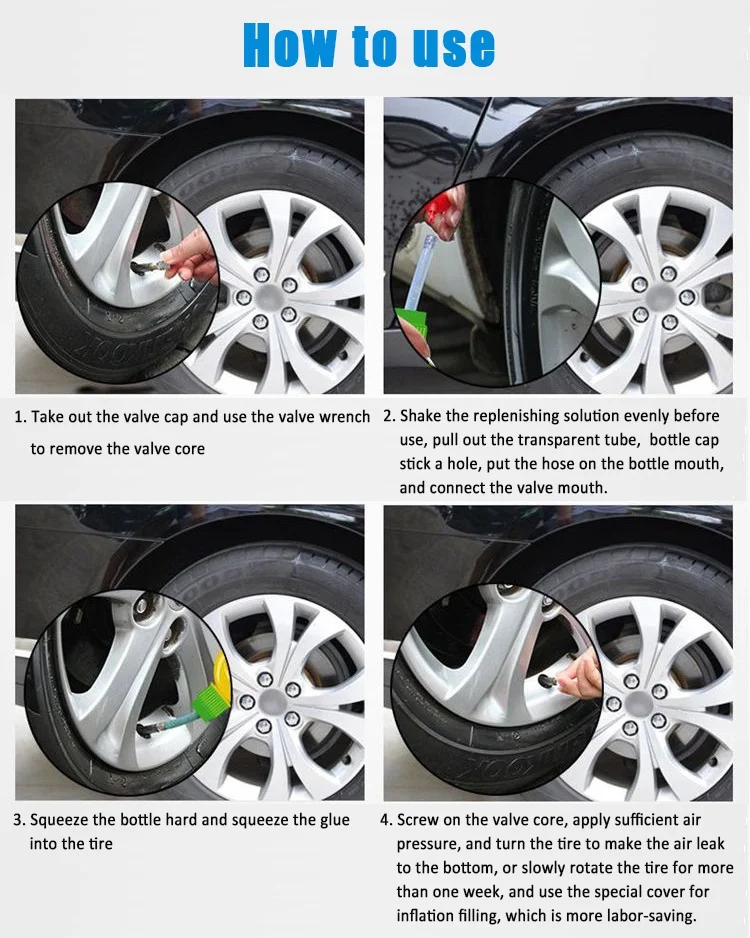 But I still remember.
But I still remember.
So, about the first rule of I have already spoken above: do not keep the steering wheel turned all the way out. Even five seconds in this mode is already harmful for the pump, so it is better to turn the steering wheel from the extreme position by at least 10 degrees.
Second rule: do not leave the car with the wheels turned out, especially in winter. In this case, immediately after starting the motor, the pump will have to pump a large volume of liquid, which is too cold and thick. It is better if it warms up at least a little while the engine is warming up. Therefore, warming up in winter with the wheels turned out is not a good idea.
The third is to give up the habit of turning the steering wheel in place. Especially on dry pavement, when the friction is maximum. It is better to turn the steering wheel quickly during slow motion than to turn it out while the car is stationary.
The fourth point of is to monitor the fluid level and change it in time. In the first case, it is important to prevent the appearance of air pockets that quickly kill the pump, in the second case, it is important not to let it pump dirty slurry resulting from a fluid that has never been changed. In the process of replacing the fluid, you need to at least clean the mesh in its tank, but it is better to install a new tank. It usually costs inexpensively, but wear products accumulate at its bottom, which are almost impossible to completely remove, and they fall into a new liquid. Every two years, everyone can probably afford a new tank.
In the first case, it is important to prevent the appearance of air pockets that quickly kill the pump, in the second case, it is important not to let it pump dirty slurry resulting from a fluid that has never been changed. In the process of replacing the fluid, you need to at least clean the mesh in its tank, but it is better to install a new tank. It usually costs inexpensively, but wear products accumulate at its bottom, which are almost impossible to completely remove, and they fall into a new liquid. Every two years, everyone can probably afford a new tank.
And the last thing: do not pour any rubbish into the power steering reservoir. The volume of liquid there is small, it is not very expensive, so it is better to spend money on it than on a new pump. In addition, you need to monitor the condition of the steering rack. If it is worn out, if it has torn anthers, then there will always be a lot of wear products and dirt in the power steering fluid. And driving with a howling power steering and a broken steering rack is simply dangerous.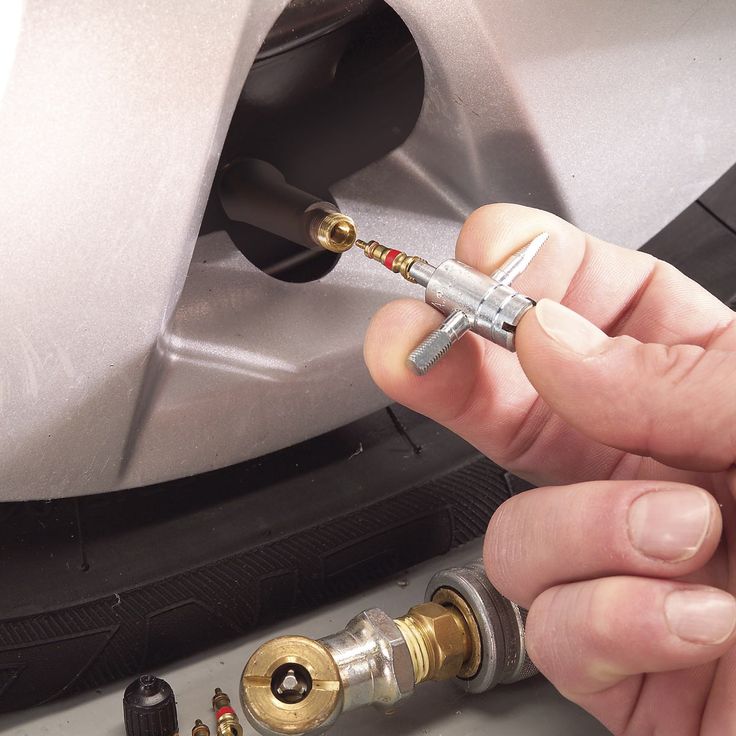
Poll
Is your power steering howling?
Your vote
Total votes:
practice
Articles / Used cars 5 reasons to buy and not to buy Toyota Fortuner II “Impeccable car”, “phenomenal cross-country ability”, “shaky suspension, hard steering, the engine inside bellows like a buffalo”, “huge miscalculations in terms of comfort”, “comfortable handsome man”, “very ... 3199 2 0 09.10.2022
Articles / Practice Look into the kingpin: what is a kingpin suspension, how to maintain it and why to inject The word "pivot" today seems to someone as archaic as "zipun", "endova" and "batog".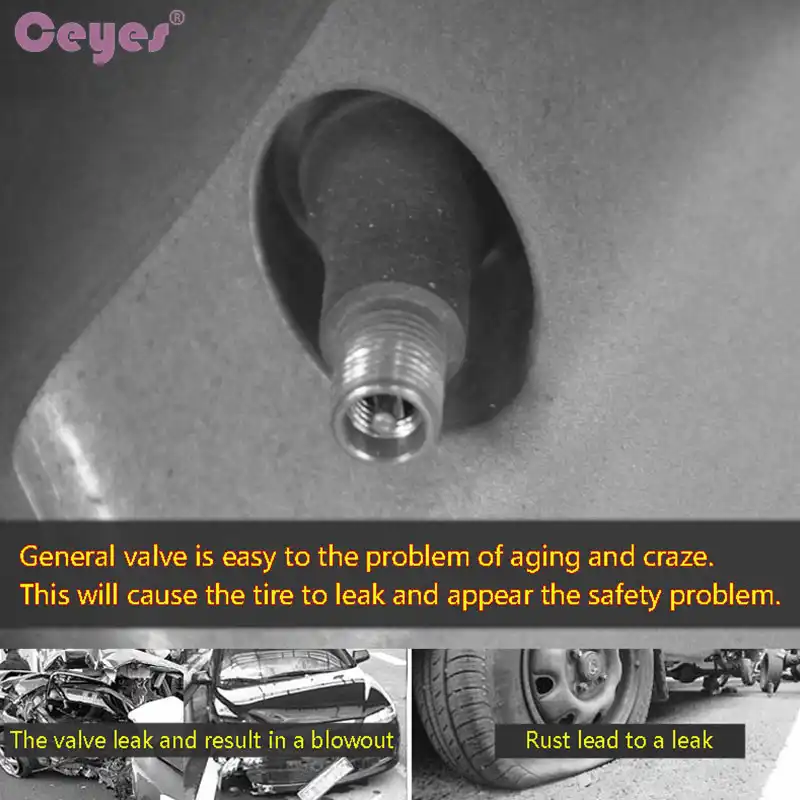 In fact, this is not so: the king pins have not left us yet, and it is likely that some will have to ... 1299 7 0 07.10.2022
In fact, this is not so: the king pins have not left us yet, and it is likely that some will have to ... 1299 7 0 07.10.2022
Articles / Used cars Along Route 60: The BMW 325i E36 Ownership Experience Getting a car from the cult road movie "Route 60" is not an easy task in our country. These are lengthy searches, and "parallel imports", and complex logistics, and years of painful waiting... 2075 95 06.10.2022
Test drives / Test drive Haval Dargo vs Mitsubishi Outlander: the dog is barking, the stranger is coming In the Haval dealership in the south of Moscow, life is in full swing: buyers look at cars, communicate with managers and sign some papers. While I was waiting for the test Dargo, the same cross... 130097 166 09/13/2022
While I was waiting for the test Dargo, the same cross... 130097 166 09/13/2022
Test drives / Test drive Motor from Mercedes, emblem from Renault, assembly from Dacia: test drive of the European Logan 1.0 It would seem that what's new can be told about the second generation Renault Logan, known to every Russian taxi driver, as they say, up and down? However, this car has... 11393 ten 41 08/13/2022
Test drives / Test drive Geely Coolray vs Haval Jolion: Free Cheese? If! Do you want to buy a car today with a full warranty, on credit at an adequate rate, without wild dealer markups? Now this is still a task, because a full-fledged chain of "representation - s.